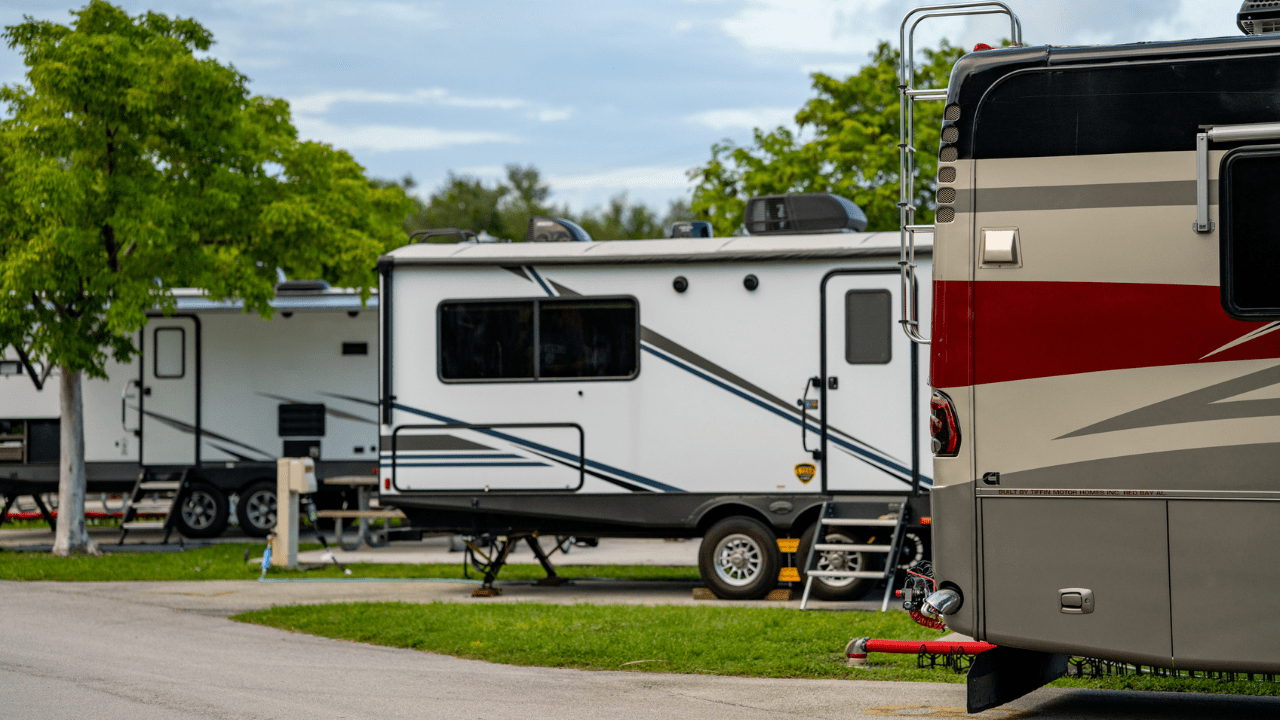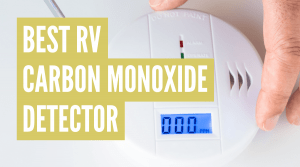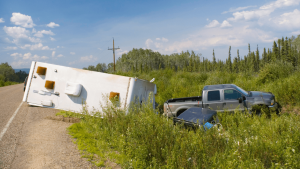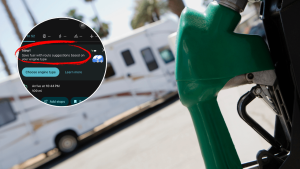Carbon monoxide (CO) is one of those things you can’t see, smell, or taste, but it can be deadly. And if you’re traveling or living in an RV, you’re especially at risk.
According to the CDC, more than 400 people in the U.S. die each year from unintentional CO poisoning that isn’t related to fires. Another 100,000 end up in the emergency room, and more than 14,000 are hospitalized. Many of these cases come from fuel-burning appliances in enclosed spaces, just like the ones found in RVs.
That’s why carbon monoxide is often considered one of the biggest hidden threats for RVers. It doesn’t matter if you’re boondocking in the desert or parked at a full hookup site. If CO builds up in your rig, the results can be tragic.
Here’s what you can do to lower the risk and keep your RV safer.
1. Install Working Carbon Monoxide Detectors
Every RV should have a CO detector. They should be mounted near sleeping areas and tested regularly. If they’re battery-operated, swap out the batteries a few times a year or as recommended by the manufacturer. Detectors also have a limited lifespan, usually about 5 to 7 years, so check the expiration date or replacement instructions.
CO mixes with indoor air, so follow the alarm manufacturer’s instructions on mounting height and placement rather than relying on general advice like “high” or “low.” Look for detectors that meet UL Standard 2034, which is the industry standard for CO alarms. Also, note that NFPA 1192 requires all RVs built since model year 2005 to have a CO alarm installed.
2. Keep the Air Moving
Good air flow matters. CO can build up quickly in small spaces, especially when the windows and vents are shut tight. If you’re using a gas-burning stove, heater, or any other appliance, open a roof vent or window a few inches.
Never use a propane stove or oven to heat your RV. Those appliances aren’t built for that kind of use and can easily put out unsafe levels of carbon monoxide.
Also, avoid using charcoal grills, un-vented kerosene heaters, or catalytic propane heaters that lack an outdoor-air intake. These heat sources are often used in emergencies or colder weather, but they pose a serious CO risk in enclosed spaces. Safety reports frequently cite them in post-incident investigations.
3. Use Generators Safely
If you run a generator, keep it outside and well away from the RV. The CDC recommends portable generators sit at least 20 feet from windows, doors, and vents. Point the exhaust away from the rig and from other nearby RVs.
Of course, never run a generator inside the RV, in a compartment, under a slide-out, or even under an open window. All of these setups can allow CO to seep inside.
The same goes for vehicle engines. An idling motorhome or tow vehicle parked near an open window can push exhaust directly into your living space. This is a common but overlooked hazard. Before starting any engine, check that tailpipes are free of snow, tall grass, or other blockages. Winter accident reports from fire departments often cite blocked exhaust as a contributing factor.
4. Check and Clear Vents
Check your appliance vents regularly, especially before a trip or after parking under trees. Leaves, snow, debris, or even spider webs can block airflow. This includes vents for your furnace, refrigerator, and water heater.
Some RVers install vent covers to help keep debris and critters out. Just make sure those covers don’t block airflow.
5. Know the Symptoms
Carbon monoxide poisoning can look like a lot of other things. Common symptoms include:
- Headache
- Dizziness
- Nausea or vomiting
- Weakness or fatigue
- Confusion
- Shortness of breath
If you or someone in your RV starts feeling any of these and there’s a chance CO is involved, get out immediately and go to fresh air. Call 911 and seek medical attention, even if symptoms seem to go away.
6. Keep Up with Maintenance
Appliances that burn fuel need regular maintenance. That includes your generator, furnace, refrigerator (if it uses propane), and any portable heaters. Make sure everything is vented correctly and working as it should.
Leaks, cracks, and rust in exhaust pipes or heat exchangers can let CO into the RV. Most manufacturers recommend annual inspections, especially if you use your RV often or live in it full-time. It’s a good idea to have a qualified RV service tech check gaskets, burner flues, and generator exhaust components each year. Some generator manufacturers also recommend inspecting the exhaust system every 250 hours of use.
7. Pay Extra Attention When Camping in Cold Weather
CO incidents often happen during colder months when people close everything up and run heaters or generators for long periods. It’s easy to underestimate how fast gas appliances can create a dangerous buildup when there’s no airflow. Also, check vents after heavy snow or dust storms, as seasonal buildup can block proper ventilation.







Write a comment